Sciare non significa più solo sfrecciare lungo i pendii o tracciare curve perfette. Per chi ha bisogno di creatività e un pizzico di adrenalina, lo sci da park offre un modo completamente nuovo di godersi la neve. Immagina di lanciarti da salti, scivolare su binari e volteggiare in aria, il tutto trasformando lo snowpark nel tuo parco giochi personale. Sembra divertente, vero?
Cosa sono gli sci da park?
Gli sci da park, noti anche come sci freestyle, sono progettati specificamente per sciare nei park e per eseguire trick. A differenza degli sci tradizionali, sono costruiti per gestire le esigenze specifiche di salti, rail, box e altre strutture del park. Sono divertenti, versatili e perfetti per gli sciatori che amano spingersi oltre i limiti del possibile sulla neve.
Caratteristiche principali degli sci da park
1. Design Twin-Tip
Una delle caratteristiche più riconoscibili degli sci da park è il loro design a doppia punta, dove entrambe le estremità dello sci si curvano verso l'alto. Questo permette di sciare e atterrare i trick sia in avanti che all'indietro (chiamato "switch skiing").
2. Costruzione leggera
Gli sci da park sono più leggeri degli sci tradizionali per facilitare manovre aeree, rotazioni e salti. Il peso ridotto contribuisce anche a transizioni più rapide tra i trick.
3. Rilegature centrate
Gli attacchi degli sci da park sono montati più vicino al centro dello sci,
4. Bordi e basi resistenti
Poiché lo sci da parco spesso prevede lo scivolamento su binari e box, gli sci da parco sono progettati con bordi e basi rinforzati per resistere a impatti ripetuti.
5. Flessibilità da morbida a media
Gli sci da park hanno in genere un flex più morbido per assorbire gli atterraggi e facilitare la spinta sui rail. Alcuni sciatori preferiscono uno sci leggermente più rigido per una maggiore stabilità sui salti più grandi.
Perché lo sci nel parco è fantastico
1. È creativo
Lo sci park è tutta una questione di espressione personale. Che tu stia lavorando al tuo primo 180 o perfezionando un rail slide, le possibilità di creatività sono infinite.
2. È accessibile
La maggior parte delle stazioni sciistiche dispone di snowpark con strutture adatte a tutti i livelli di abilità, così puoi iniziare con piccole cose e poi passare gradualmente a trick più impegnativi.
3. È un allenamento
Trascorrere una giornata al parco è un allenamento completo per tutto il corpo. Svilupperai forza, coordinazione ed equilibrio, il tutto divertendoti un mondo.
4. È sociale
Gli snowpark sono spesso il fulcro delle piste da sci. Incontrerai altri sciatori, guarderai trick spettacolari e ti ispirerai a provare cose nuove.
Come scegliere gli sci da park
Quando scegli gli sci da park, considera i seguenti fattori:
1. Lunghezza dello sci
Gli sci da park sono in genere più corti degli sci all-mountain, il che li rende più maneggevoli per i trick. Una buona regola pratica è scegliere sci che arrivino più o meno all'altezza del mento per il park.
2. Flettere
- Flessibilità morbida: Più facile da controllare e più adatto per elementi e binari più piccoli.
- flessibilità più rigida: Offre maggiore stabilità per grandi salti e sciate aggressive.
3. Peso
Gli sci leggeri sono più facili da usare e trasportare, il che è particolarmente utile per i principianti.
4. Durata
Poiché lo sci nel park può mettere a dura prova la tua attrezzatura, cerca sci con bordi rinforzati e solette resistenti.
Snowfeet Brilla nel parco
Mentre
1. Snowfeet Skiblades 65
L'ultra-corto 65 centimetri
2. Snowfeet Skiblades 99
Per chi cerca un po' più di stabilità senza rinunciare alla giocosità, il 99 centimetri
3. Skiskates
Questi sci più piccoli al mondo sono perfetti per gli snowpark. Il mix di sci e pattinaggio rende i trick e lo sci in park ancora più divertenti.
Suggerimenti per iniziare al parco
Se sei alle prime armi con lo sci park, non preoccuparti: si tratta di iniziare con calma e acquisire sicurezza. Ecco alcuni consigli per iniziare:
1. Padroneggia il Basic S
Prima di andare al parco, assicurati di saperti fermare, curvare e controllare la velocità sulle piste.
2. Riscaldamento
Inizia con elementi piccoli come box piatti o piccoli salti. Sono perfetti per allenare equilibrio e controllo.
3. Mantieni il peso centrato
Mantieni l'equilibrio sulla parte centrale degli sci per mantenere il controllo, soprattutto quando affronti rotaie o salti.
4. Impegnati nei tuoi trucchi
I tentativi poco convinti spesso portano ad atterraggi traballanti. Una volta deciso di provare un trick, fallo con sicurezza.
5. Guarda e impara
Osserva gli altri sciatori del park. Imparerai consigli e ti ispirerai a provare cose nuove.
6. Indossare Pro Attrezzatura protettiva
Il casco è indispensabile e i crash pad possono salvarti dai lividi quando impari.
Sci nel parco oltre il parco
Sebbene gli sci da park siano progettati per gli snowpark, sono anche abbastanza versatili per altri tipi di sci. La loro natura giocosa li rende perfetti per il carving, le gobbe e persino per le piccole curve.
Perché gli sci corti funzionano nel parco
Sci corti, come


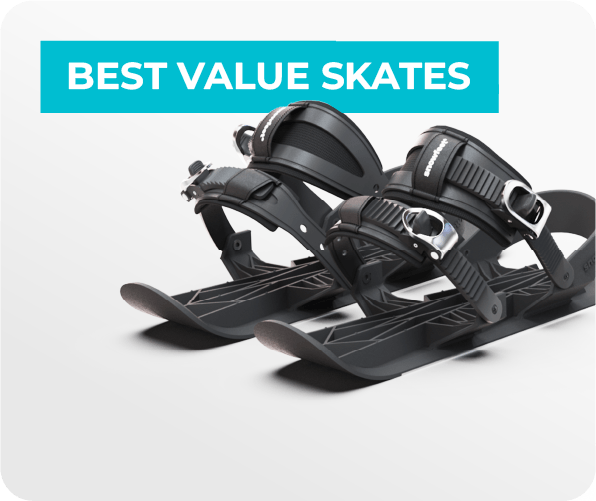


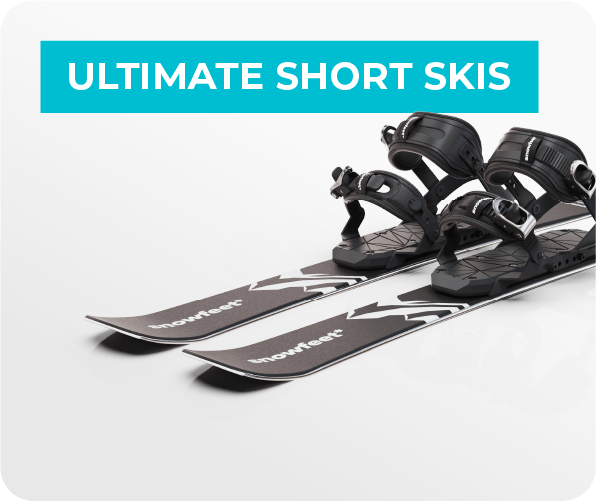


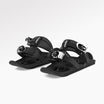
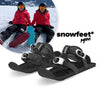

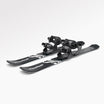




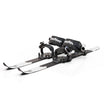

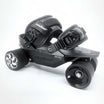

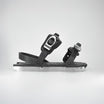














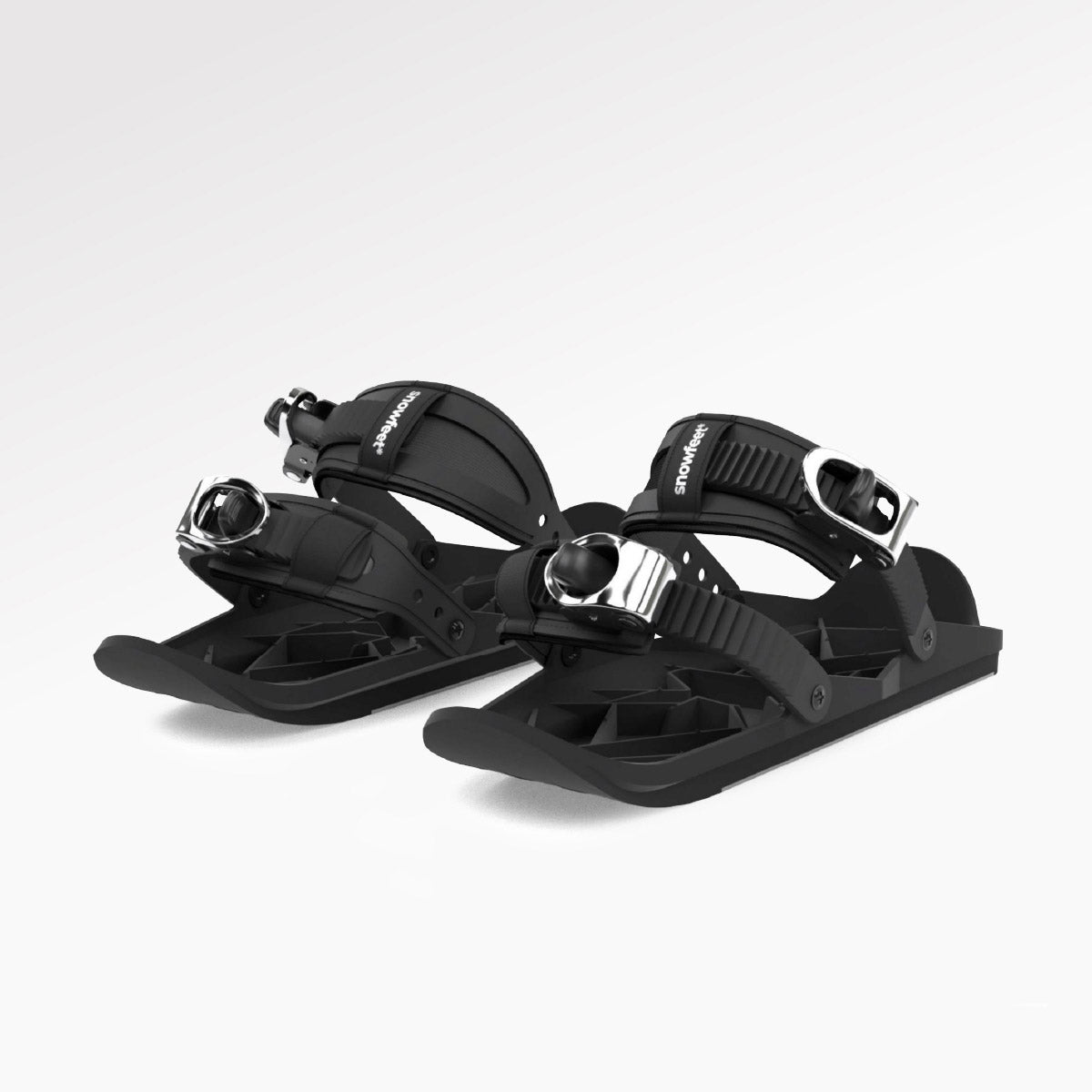
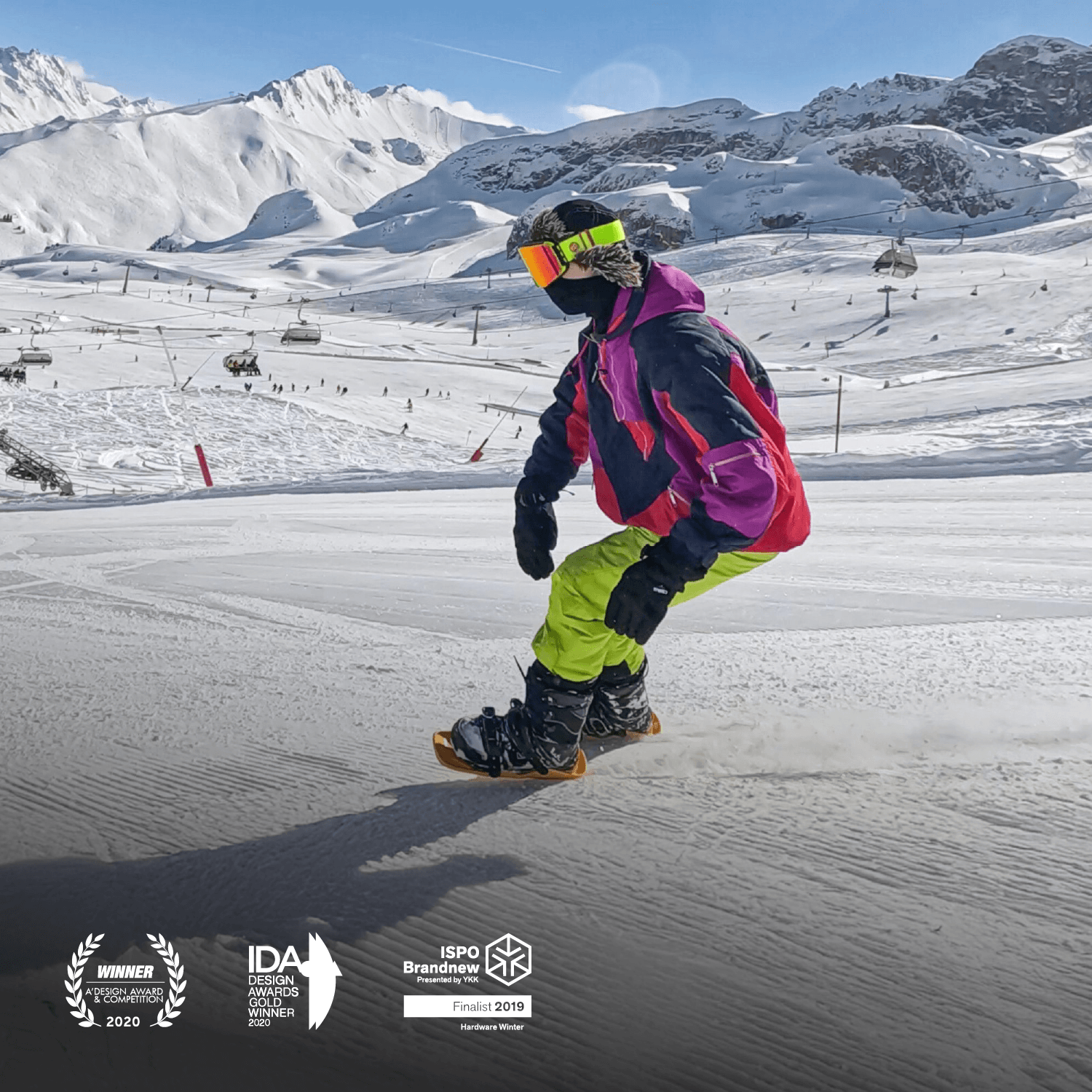
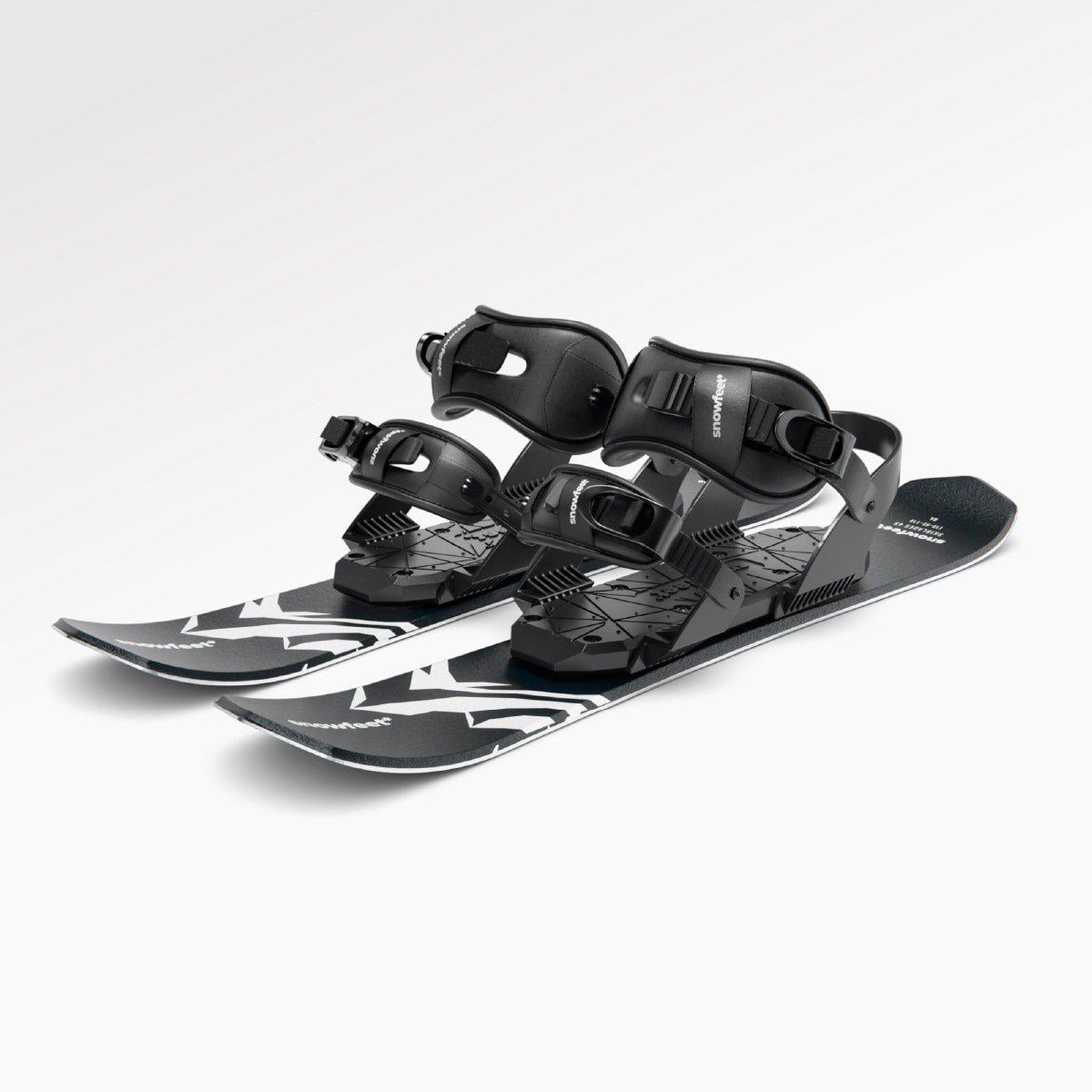



Lascia un commento
Questo sito è protetto da hCaptcha e applica le Norme sulla privacy e i Termini di servizio di hCaptcha.